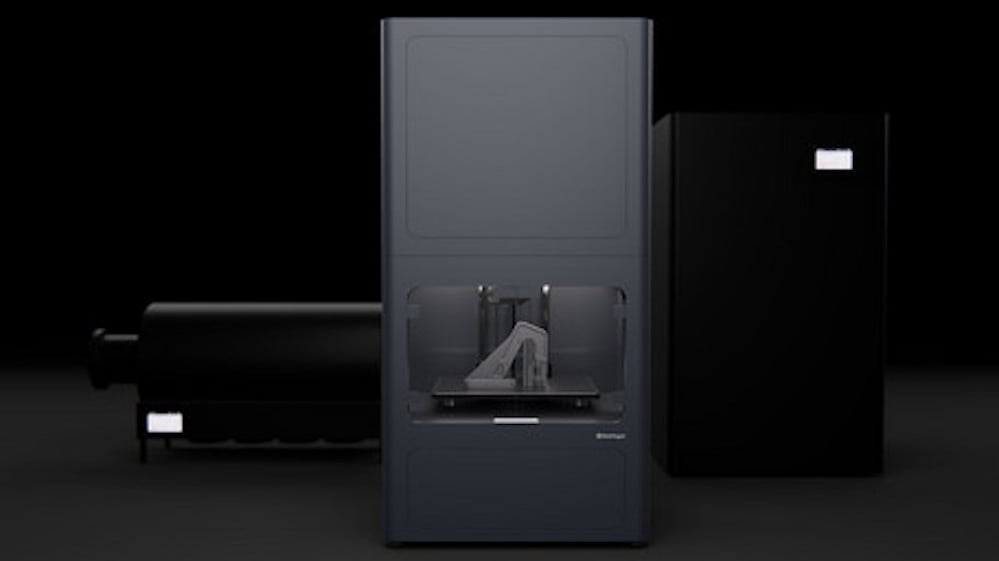
Yet another huge investment in 3D metal just occurred, but why is this happening?
The event was the announcement of a massive USD$30M awarded to Markforged. This was their “Series C” funding round, which followed previous rounds of USD$15.2M, USD$8.5M and USD$1.1M. The total funding they’ve raised – so far – is a gigantic USD54.8M, according to Crunchbase.
As big as this pile of cash might be, it pales opposite their competitor, Desktop Metal, who have to date raised well over USD$200M!
Why is all this money pouring into these 3D metal printing startups?
And is Markforged really a 3D metal printing startup?
The latter question first. Markforged has been around for a few years, but made their start as a specialty desktop 3D printer that was one of the first to 3D print in strong carbon fiber materials. This made them quite popular among the professional user crowd, who sought their machines because more functional (read: strong) prototypes could be easily produced.
But then something happened: an increasing number of other desktop 3D printer manufacturers began exploring the ability to 3D print strong materials similar to Markforged. The result is that today engineers have plenty of options for strong prototype 3D printing with desktop equipment.
But along the journey, I suspect Markforged’s discussions with engineers revealed a need for more inexpensive ability to 3D print metal objects. About a year ago they emerged with a 3D metal printing solution that is quite a bit less expensive than the traditional, “hot process” used by existing 3D metal printer vendors. Markforged’s “cold process” involves 3D printing a “green part” in a (relatively) cold process, then sintering it in with a second microwave step.
It’s a process somewhat reminiscent of Desktop Metal’s similar cold process for 3D printing in metal.
But between the two of these vendors, I think something very interesting is about to happen.
Today’s existing 3D metal printing systems are very functional, but at the same time extraordinarily expensive. This extreme pricing severely limits the applicability of that technology to only certain industries that can justify the expensive parts produced. This includes aerospace, medical and a scant few other applications.
Every other metal user is effectively locked out of 3D metal printing, financially speaking. It’s just too expensive for their businesses to use.
But perhaps that is about to change, as both Markforged and Desktop Metal are set to unleash 3D metal printing solutions at far lower costs. Sure, the parts emerging from these new processes are yet to receive certifications from the rigorous aerospace and metal authorities, but that’s not the point here.
The point is that all the OTHER industries that DON’T require severe certifications CAN use these lower cost 3D metal printing systems.
I’m not sure of the numbers, but I wouldn’t be surprised if the number of non-expensive metal users vastly exceeds the aerospace and medical industries, making for a humungous market opportunity if someone could create effective systems to address their needs.
And that’s what I believe Desktop Metal, Markforged and a few others are pursuing.
And that’s also why I believe we see so much cash flowing into these companies: it could be an incredibly profitable investment.
Via TechCrunch

